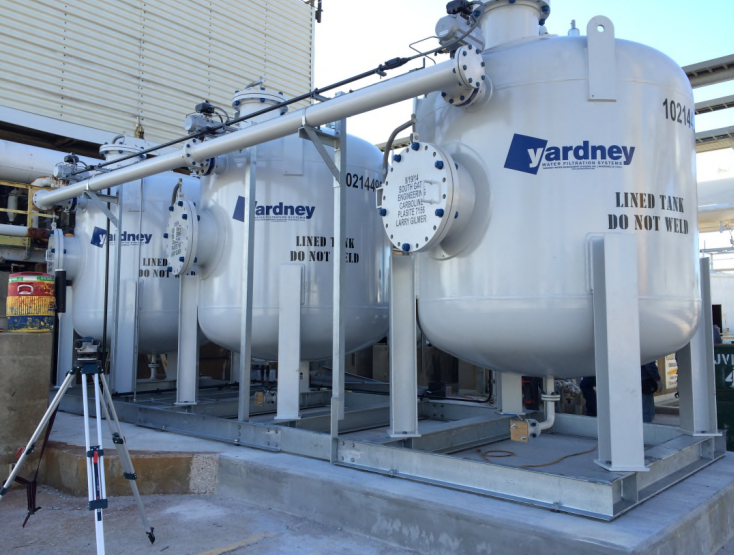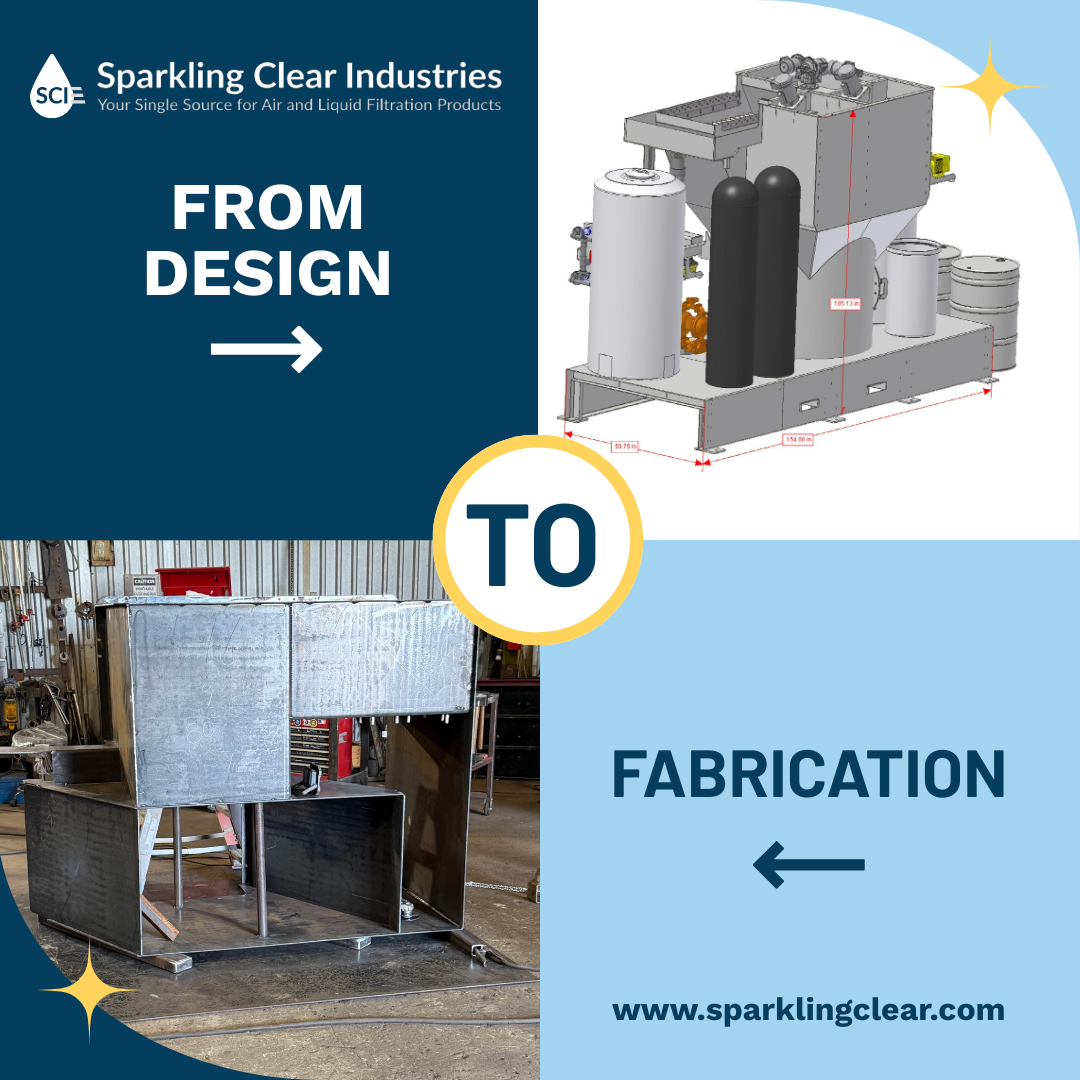
If you are in the market for an industrial water filtration system, you have come to the right place. These systems are designed to remove impurities from water, making it safe for industrial use. There are many different types of industrial water filtration systems available on the market, so it is essential to research and find the one that best suits your needs. This article will provide an overview of industrial water filtration systems and some of the key considerations you should keep in mind when shopping for one.
How Do Industrial Water Filtration Systems Work?
Industrial water filtration systems work by using a variety of different filters to remove impurities from water. These filters can be made from a variety of different materials, such as multi-layered sand filters, activated carbon, reverse osmosis, or ion exchange. Industrial water filtration systems can be used for a variety of different applications, such as removing chlorine/chloramines from water, removing suspended solids, or removing lead and other dissolved contaminants from water.
The type of industrial filter you choose will depend on the specific impurities you are trying to remove from your water. For example, if you're trying to remove chlorine/chloramines from your water, you will want to choose an industrial water filtration system that uses an activated carbon filter. If you are trying to remove lead or other dissolved contaminants from your water, you will want to choose an industrial water filtration system that uses a reverse osmosis filter. Suspended solids are typically removed with multi-layered backwashing media filtration.
What Are The Key Considerations When Shopping For An Industrial Water Filtration System?
There are some key factors you should probably keep in mind when shopping for an industrial water filtration system. First, you need to consider the specific impurities you are trying to remove from your water. This will help you narrow down your choices and find the right type of system for your needs.
Second, you need to consider the flow rate of the system. The flow rate is the amount of water that can be filtered through the system in gallons per minute. This is a crucial consideration because you need to make sure the system can handle the volume of water to be filtered.
Third, you need to consider the size of the system. The size of the system will determine the amount of water it can filter before a backwash cycle or media changeout becomes necessary. You need to make sure the system you buy is the right size for your needs.
Fourth, you need to consider the filtration system's warranty. The warranty is important because you need to make sure you are covered in case of any problems with the system.
Finally, you need to consider the system's price. The price of the system is important because you need to make sure it is within your operating budget and can offer some sort of ROI to your operation.
Service After The Sale:
SCI can install, commission, maintain, repair, and train your personnel on any type of system that we sell. Our technicians carry and maintain all the necessary safety council certificates for work on-site so you have peace of mind that the job will be performed correctly and safely.
Final Thoughts
In conclusion, industrial water filtration systems are critical for ensuring that water used in industrial settings is free of contaminants. There are various types of filtration systems available, each with its own advantages and disadvantages. The most important factor in choosing a filtration system is ensuring that it is able to remove the specific contaminants present in the water.
Get the right
industrial filtration system for your needs with the help of Sparkling Clear Industries. We offer commercial air and liquid filtration solutions to increase performance and maximize savings for your team. Sparkling Clear offers a complete line of filtration systems for industrial and commercial applications. Get in touch with us today!
Share this Post!




